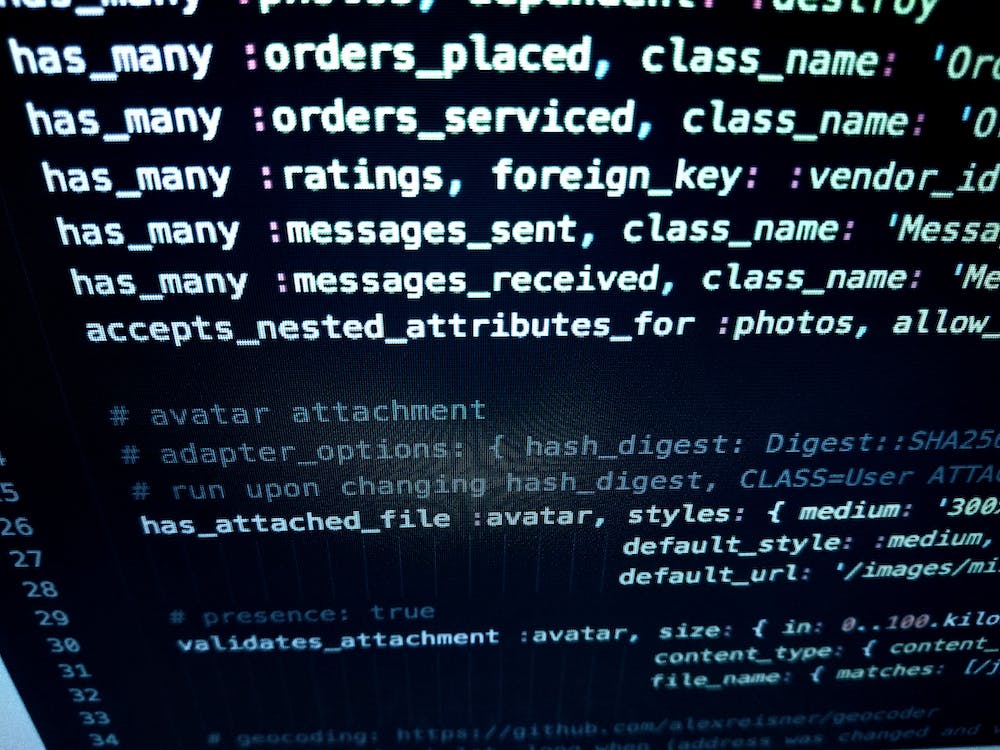How to Take Input in Javascript?
Javascript is a versatile and powerful programming language that plays a crucial role in building dynamic and interactive web applications. One of the fundamental aspects of web development is user input handling. In this article, we’ll explore various techniques and strategies on how to take input in Javascript effectively. Whether you’re a beginner looking to learn the basics or an experienced developer seeking to enhance your skills, this guide has got you covered.
Taking input from users is an essential part of creating interactive applications. Let’s delve into different methods you can use to accomplish this task.
Method 1: Using the prompt() Function
The prompt() function is a simple yet effective way to gather input from users. It displays a dialog box with a message and an input field where users can enter their response. This method is often used for quick interactions or simple data collection.
Example:
let userInput = prompt("Please enter your name:");
console.log("Hello, " + userInput + "!");
Method 2: Capturing Input with HTML Forms
HTML forms provide a powerful way to collect various types of user input. By combining HTML and Javascript, you can create interactive forms that allow users to submit data easily.
Example:
<form id="userForm">
<label for="name">Name:</label>
<input type="text" id="name" name="name">
<button type="submit">Submit</button>
</form>
<script>
const form = document.getElementById("userForm");
form.addEventListener("submit", function(event) {
event.preventDefault();
const name = document.getElementById("name").value;
console.log("Hello, " + name + "!");
});
</script>
Method 3: Handling Input Events
Javascript provides the ability to listen for input events on specific elements, such as text fields or buttons. This method is ideal for real-time validation and dynamic updates as users interact with the page.
Example:
<input type="text" id="email" placeholder="Enter your email">
<p id="message"></p>
<script>
const emailInput = document.getElementById("email");
const messageElement = document.getElementById("message");
emailInput.addEventListener("input", function() {
const email = emailInput.value;
if (email.includes("@")) {
messageElement.textContent = "Valid email format";
} else {
messageElement.textContent = "Invalid email format";
}
});
</script>
Method 4: Utilizing External Libraries
Frameworks like jQuery offer simplified methods for handling user input. jQuery’s event handling and DOM manipulation features make it easier to create interactive elements and capture user actions.
Example:
<script src="https://code.jquery.com/jquery-3.6.0.min.js"></script>
<input type="text" id="city" placeholder="Enter your city">
<button id="submitBtn">Submit</button>
<script>
$("#submitBtn").click(function() {
const city = $("#city").val();
console.log("You selected: " + city);
});
</script>
Exploring Common Challenges
Taking user input isn’t always straightforward. Here are some common challenges developers may face and how to address them.
Challenge 1: Validating Input
When users submit data, it’s crucial to validate and sanitize the input to prevent malicious code or errors from affecting your application. Use functions like trim() and regular expressions to ensure data integrity.
Challenge 2: Providing Feedback
Users appreciate immediate feedback. Use techniques like error messages, tooltips, or color changes to indicate whether the entered input is valid or not.
Challenge 3: Mobile-Friendly Input
With the increasing use of mobile devices, ensure that your input fields and forms are responsive and easy to use on different screen sizes.
FAQs
How can I take input in Javascript using the prompt() function?
The prompt() function displays a dialog box that allows users to enter data. You can use it to gather simple input like names or numbers.
What is event delegation in Javascript?
Event delegation involves attaching a single event listener to a parent element, which then handles events for its child elements. This is useful for dynamically generated content.
Can I use HTML forms to collect complex data?
Yes, HTML forms support various input types such as text fields, checkboxes, radio buttons, and dropdowns, making them suitable for collecting different types of data.
Is it possible to capture specific key presses using Javascript?
Absolutely! You can listen for keydown, keyup, and keypress events to capture specific keys pressed by users. This is commonly used for shortcuts or game controls.
Are there any Javascript libraries that simplify input handling?
Yes, libraries like jQuery offer simplified methods for handling user input and events. They provide a higher-level interface for interacting with the DOM.
How can I ensure data security when handling user input?
Always validate and sanitize user input on the server-side to prevent security vulnerabilities like SQL injection or cross-site scripting (XSS) attacks.
Conclusion
In this comprehensive guide, we’ve explored various techniques for how to take input in Javascript. From basic methods like using the prompt() function to more advanced approaches involving HTML forms and event handling, you now have the knowledge to build interactive and user-friendly web applications. Remember to validate and secure user input to create a seamless and secure user experience.





